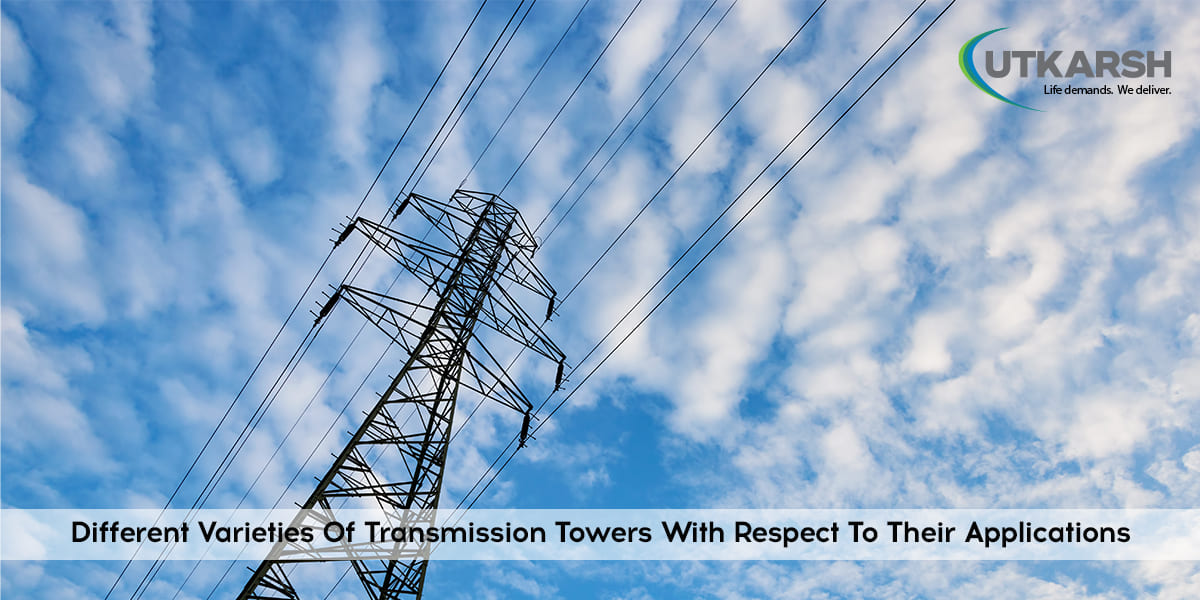4 Different Varieties Of Transmission Towers With Respect To Their Applications

A transmission tower supports every high voltage transmission line. A transmission tower (also known as a power transmission tower, power tower, or electricity pylon) is a tall structure (usually a steel lattice tower) used to support the high-voltage conductors of overhead power lines. The transmission towers differ from conventional power poles since they transport bulk electricity from multiple high voltage lines over long distances as opposed to single poles that provide local delivery.
Types of Transmission Towers
In terms of their technical background, the following is a list of transmission tower types.
Let's take a look at each of them one by one:
Suspension Towers
High voltage suspension towers are designed to withstand only the weight of the conductor when they are positioned in a straight line. Conductors on suspension towers can be held in place by I strings, V strings, or a combination of both. Suspension transmission towers run on straight-line routes where there is less than a 5-degree deviation in angle.
Transposition Towers
They are most common in three-phase line systems and are often used to support and maintain long transmission lines where the weight in the centre of the span puts significant stress on the structure. A transposition tower is supported by a body, a cage, and a peak. Conductors and lines are positioned at a distance that prevents contact between the cross-arms of the towers.
You May Like: How Does Railway Electrification Work?
Tension/Angle Towers
They support the directional change of transmission lines in turning points where the angle of deviation is more than 5 degrees. The tower is reinforced with anchors to counteract pressure exerted against the angle. The transmission line that connects two angle towers is called a section. The length of the section depends on geographic location, easements, possible placement possibilities, and the ultimate destination.
Special Towers
Custom towers are built when conditions dictate a significant change in angle or when a substantial amount of additional support is needed based on environmental factors. Among the factors that affect transmission tower construction are heavy wind, porous soil, freezing rain, and others. In addition, these towers are used in areas involving long-span river crossing, valley crossing, power line crossings above existing lines, power line crossings below existing lines (Gantry type structures), tapping existing lines, unique termination towers and the like.
Final words
Power outages and blackouts disrupt people's everyday lives and mess with the productivity of industries dependent on electricity since power transmission is compromised. Thus, proper transmission towers need to be in place to prevent power cuts and faulty transmissions that hamper a country's economy.
Utkarsh India manufactures Powergrid approved Transmission Line Towers ranging between 66 kV to 765 kV. Our full-range-cum-diverse product basket comprises CHT/VHT/UHT HVDV to AC (single, double, multi-circuit) transmission towers suitable for Twin, Quad and Hex conductor configuration to accommodate both AC lines and DVDC lines. Our impressive client portfolio includes Airtel, Idea, BSNL, Reliance, Vodafone, etc.
If you are someone who values quality before anything else, place your order with Utkarsh India now while there is still time.